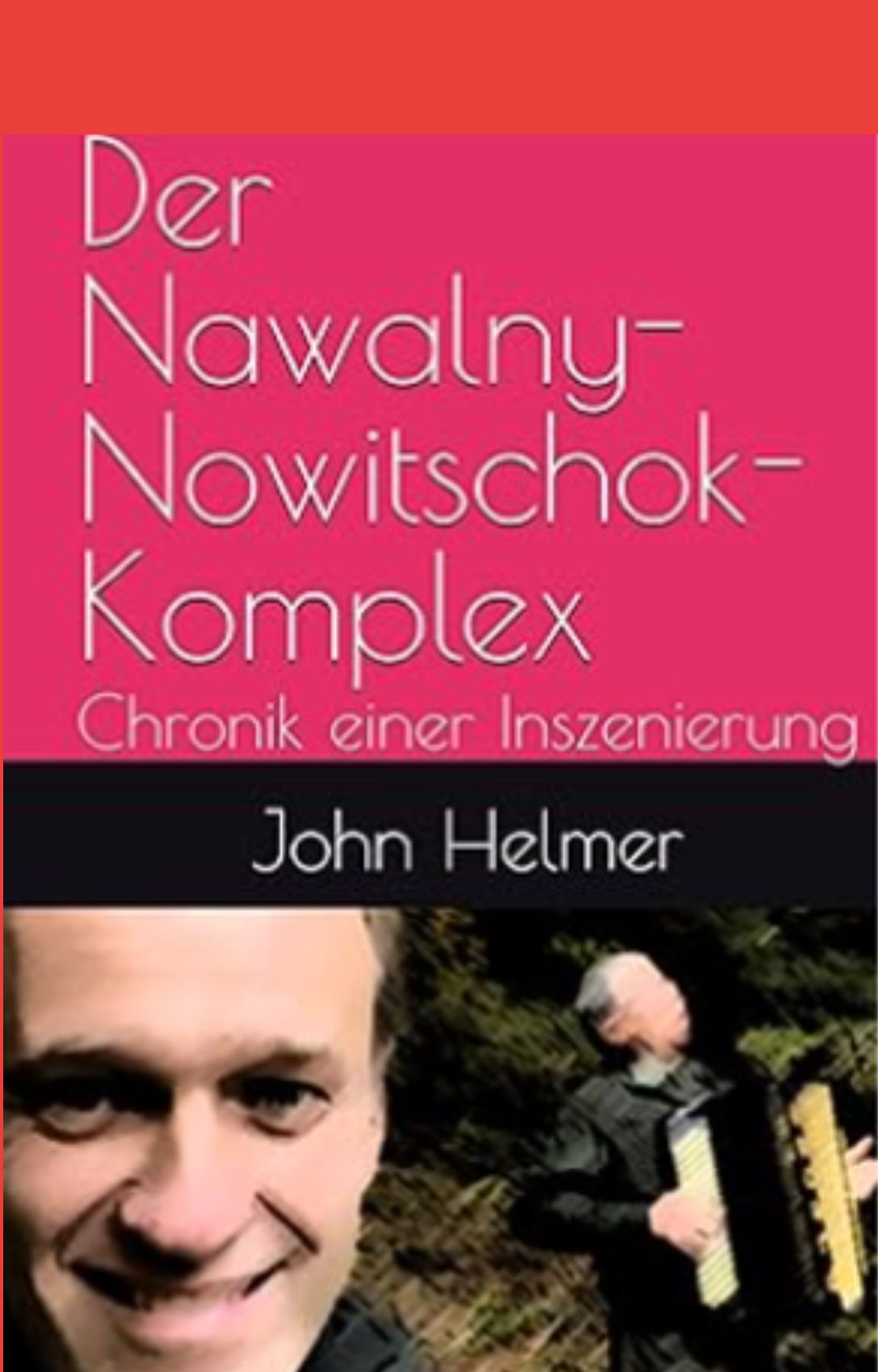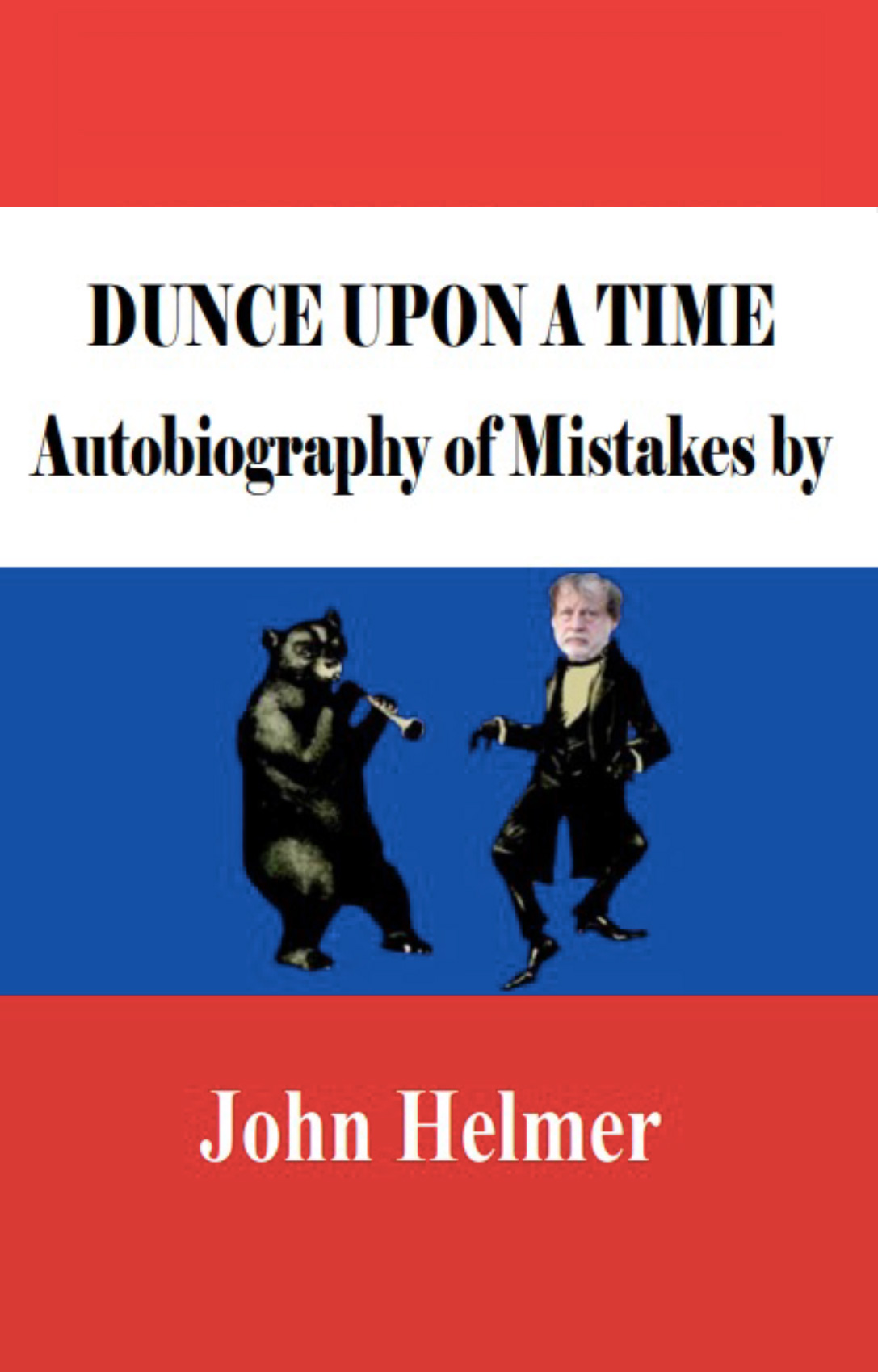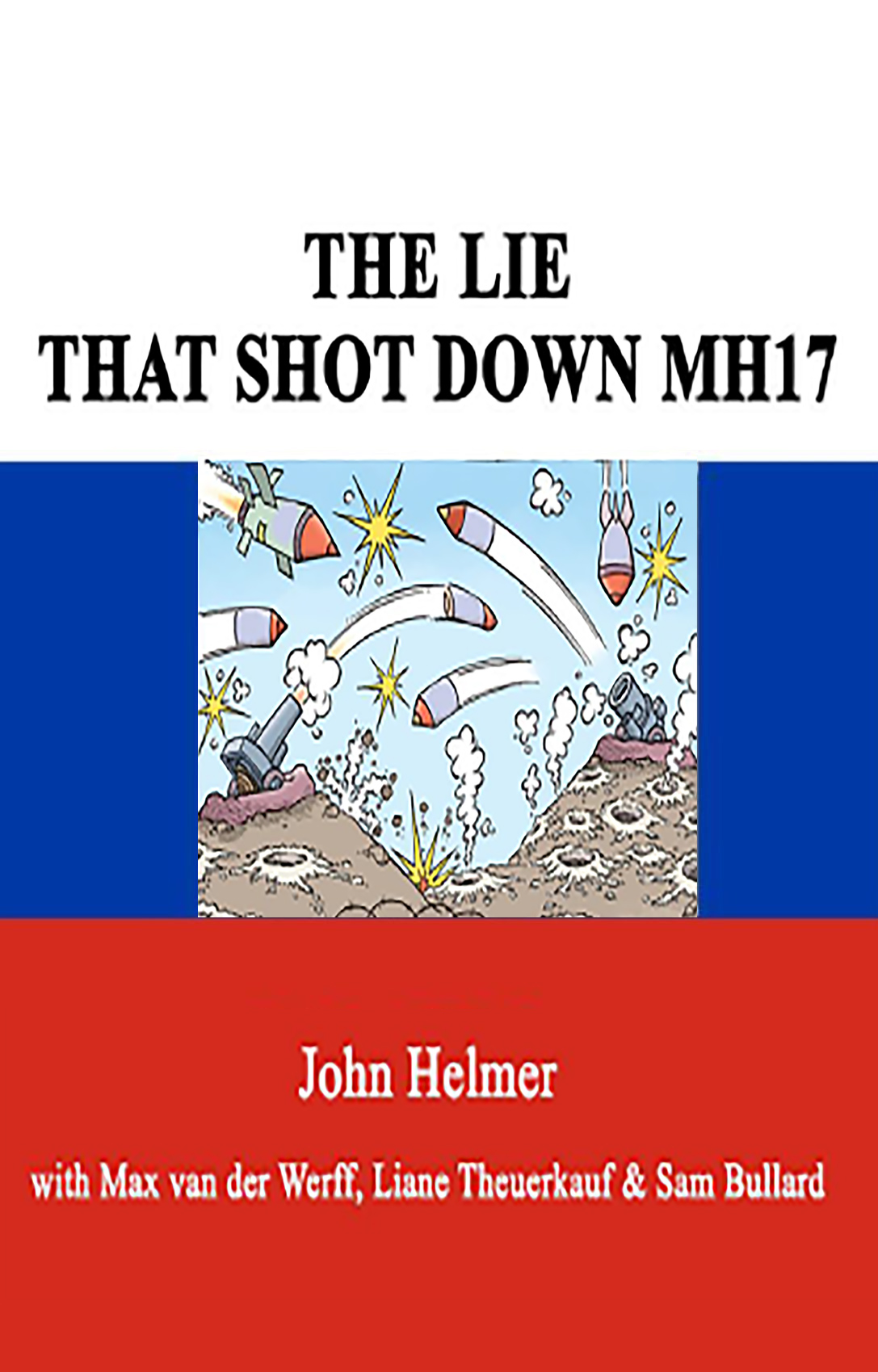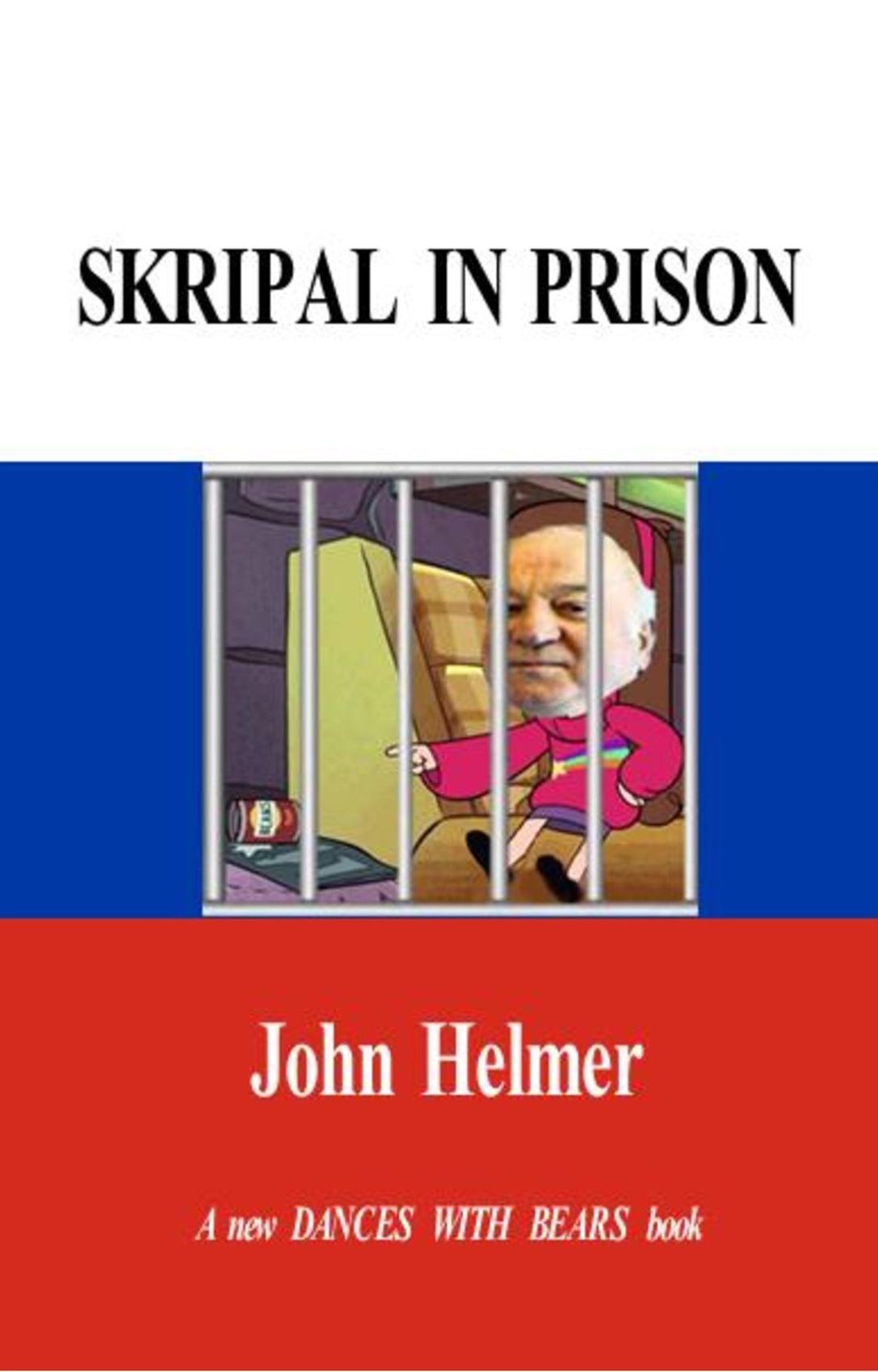-  Print This Post
Print This Post

By John Helmer in Moscow
De Beers has accepted a new plan which makes litigation in a Denver, Colorado, courtroom against LUKoil the centrepiece of the diamond-miner’s survival strategy; and the prospect of multi-million dollar compensation the Toronto-listed company’s most valuable asset.
A new document, filed this week in the US Bankrupty Court in Denver (case number 09-22621-HRT), sets out the terms of the agreement to revive the court case against Russians charged with contract violations and fraudulently withholding the mining licence rights for the Grib pipe in northwestern Russia of Archangel Diamond Corporation (ticker: AAD:V). De Beers owns 56% of ADC’s shares. In legal jargon, the new plan converts an involuntary bankruptcy scheme under Sect 7 of the US bankruptcy code into a section 11 voluntary arrangement. The first scheme had been proposed in July by ADC’s principal lawyer, Bruce Marks (pictured right), and two minority investors, Firebird Global Master Fund, a US investor, and Clive Hartz, an Australian. They acted after De Beers had threatened ADC with foreclosure on a loan of almost $10 million, and the abandonment of the two legal claims ADC has been waging — in the Coloroado District Court, and in the Stockholm international arbitration tribunal.
(more…)
by John Helmer - Thursday, September 3rd, 2009
No Comments »
-  Print This Post
Print This Post

By John Helmer in Moscow
Depending on how fanciful you wish to be, the Flying Dutchman is either a reference to the nautical refraction phenomenon that makes phantom ships appear at sea, like mirages, in conditions of temperature inversion; or else it’s a tale of a half-mad Dutch sea captain, whose 17th century navigational ineptitude caused him to confuse his position inside False Bay, off the southern South African coast, and to be lost with all hands.
A lesser Dutch phenomenon that has been plying Russian waters since 1990 is the Moscow Times, a newspaper that was started, and is still run, by Derk Sauer (pictured); who offered it to Mikhail Khodorkovsky; and sold it another two times over through the late Leonid Rozhetskin. Some of the lesser, and some of the greater humourists of post-revolutionary Russian journalism got their first bylines into print there. But fun and fact are two different phenomena: as the Sauer crew peer from their poop deck, they have the bad habit of seeing their own vessel as much mightier than it is.
(more…)
by John Helmer - Thursday, September 3rd, 2009
No Comments »
-  Print This Post
Print This Post

By John Helmer in Moscow
Ronald McDonald is the most famous brand-name franchise in the world.
It operates 32,000 sales points, with more than 58 million clients, in about 118 countries around the world. Currently, the McDonald’s Corporation has a market capitalization of $61 billion; this is only 16% below the peak of its pre-crisis value last year.
This is what the McDonald’s Corporation says about how it does business: “McDonald’s has always been a franchising company and has relied on its franchisees, our Owner/Operators, to play a major role in the System’s success. McDonald’s remains committed to franchising as a predominant way of doing business. We are actively seeking highly qualified business people to join our System as Owner/Operators. Owning a McDonald’s restaurant is a tremendous opportunity. We are seeking individuals with significant business experience who have successfully owned or managed multiple business units or have led multiple departments and who have significant financial resources. We are a family of over 2400 Owner/Operators passionate about satisfying our customers, growing our business, making money and having fun.”
(more…)
by John Helmer - Thursday, September 3rd, 2009
No Comments »
-  Print This Post
Print This Post

By John Helmer in Moscow
A blindfold has been tied over the whereabouts of Russian member of parliament and steelmaker, Vadim Varshavsky, as estimates of his liabilities multiply, and questions are raised of how his borrowings were spent, and where the money is now.
The Rostov Electrometallurgical Works (REMZ), the newest of the mills of the Estar group, owned by Vadim Varshavsky, is being considered by state administrators for a handover to other Russian steel groups in order to prevent its collapse. The minimill was launched for operational testing in late 2007, with a capacity for 750,000 tonnes of liquid steel per annum, and a product portfolio of long products intended for the southwestern Russian construction sector. After a highly publicized commissioning in February of 2008, Rostov’s production reached design capacity by mid-2008, and had been slated for growth in 2009, according to company statements. This has not materialized.
(more…)
by John Helmer - Tuesday, September 1st, 2009
No Comments »
-  Print This Post
Print This Post

By John Helmer in Moscow
Russia’s industrial and mining sectors are so thoroughly dominated by the handful of proprietors known as oligarchs, the only time that federal government regulators dare to interfere with their operations by attempting to enforce the law is when the regulators get their cue from a senior government official. And the only time that happens is when the official decides it is time to transfer ownership of an asset, or put the oligarch on notice that his franchise is about to cost him more — much more.
Responding to what it says was a recent individual complaint, Russia’s federal environmental safeguards regulator, Rosprirodnadzor (RPN), announced yesterday that it has started an “off-schedule inspection” of Severstal’s lead Russian mill at Cherepovets.Monday’s official notice by the regulator says the inspection will take eight days, and be focused on “compliance with the environmental protection legislation of the Russian Federation in the field of protection of atmospheric air, treatment of waste of production and consumption, protection of water objects, geological studies, rational usage and protection of mineral resources.” The announcement also claims that the check was started on “a complaint of a Cherepovets citizen… he specified that OAO Severstal dumps chemicals on the soil and breaks the rules of waste storage.”
(more…)
by John Helmer - Tuesday, September 1st, 2009
No Comments »
-  Print This Post
Print This Post

By John Helmer in Moscow
Despite sinking Russian consumer incomes, the banana is holding firm, enabling the St. Petersburg-based Joint Fruit Company (JFC), to increase its share of sales at the expense of its domestic rivals. With turnover of $500 million in 2007 (the latest figure JFC has released), JFC says there has been no slipping of growth in demand and sales of bananas this year, and its Bonanza! brand is expected to turn the crisis conditions to its advantage.
Russians don’t eat as much fruit as they should, but the first fruit to break through when the Iron Curtain came down was the banana. With average annual consumption of fruit at just 53 kilograms for Russians — half the US consumer level – this year’s loss of real income (in May this was down 20%, compared to the year before) has pushed Russians into cutting their fruit imports, but eating more bananas.
The reduction in fruit imports to Russia has amounted to 6% so far this year, according to a report by maritime analyst Alexei Bezborodov. The cutback is less than the 41% reduction in imports as a whole, but it marks a sharp reversal in the fruit segment of the refrigerated container (reefer) trade, which has been feeding 12% annual growth in fruit consumption. This year, according to a market analyst in St. Petersburg, the Russian fruit market will shrink by 5% overall.
(more…)
by John Helmer - Tuesday, September 1st, 2009
No Comments »
-  Print This Post
Print This Post

By John Helmer in Moscow
An application by three of Russia’s most powerful steelmakers to have the government impose penalty duties on imports of coated steel, primarily from China, has failed. This is the first sign from the Kremlin that applications by Russian steelmakers that threaten political and trade relations with Beijing, and risk Chinese retaliation, will not be allowed.
On August 26, the Ministry of Industry and Trade in Moscow announced that it will not raise import duties, and that a study of the coated-steel market in Russia had not substantiated the claims of domestic injury, filed in March by Severstal, Novolipetsk Metallurgical Combine (NLMK), and Magnitogorsk Metallurgical Combine (MMK).
The main sources for imported polymer-coated steel in 2008 were China, Taiwan, South Korean, Belgium, Finland, and Kazakhstan. Roughly half of the domestic consumption of the product was supplied by imports during 2008. Last December, according to a briefing the steelmakers gave a Moscow newspaper in March, when the ministry’s import study commenced, the Russian mills shipped 55,000t of polymer-coated steel, while imports were roughly equal in volume.
(more…)
by John Helmer - Friday, August 28th, 2009
No Comments »
-  Print This Post
Print This Post

Marshal Sergei Fyodorovich Akhromeyev
“Everything I have worked for throughout my life is being destroyed.”
— August 24, 1991
by John Helmer - Monday, August 24th, 2009
No Comments »
-  Print This Post
Print This Post

By John Helmer in Moscow
The Far Eastern Shipping Company (Fesco), owned by Sergei Generalov, is likely to run a loss of at least $72 million this year, before foreign exchange losses and writedowns are counted, according to a new report on the company issued today by Moscow investment bank, Renaissance Capital. With total debt of $915 million — $215 million to be repaid before December 31 — RenCap analyst Alexander Kazbegi forecasts that Fesco’s liner business will see revenues fall by 36% on last year; the port division’s revenues will drop by 70%; and the rail division’s revenues will fall by 36%.
In reaction, Kazbegi reports Fesco as telling him the company intends to sell as many vessels as it can “while there is still a market for them despite prices being currently some 50% lower than in 1H08”. It has cancelled a plan for $100 million in newbuild orders, and is delaying delivery of four newbuild contracts from 2010 to 2011. According to Kazbegi, Fesco intends to delay, and in time possibly cancel commitments to build a new container terminal at Ust-Luga, and buy the 50% stake it doesn’t own in the Vladivostok Sea Port and Vladivostok Container Terminal.
The Rencap report also reveals that the dwindling value of Fesco’s fleet may breach loan covenants and trigger fresh problems with banks.
by John Helmer - Sunday, August 23rd, 2009
No Comments »
-  Print This Post
Print This Post

By John Helmer in Moscow
Novorossiysk Commercial Seaport Company (NCSP is the London ticker), the only internationally listed Russian port, crashed Friday [August 7] by almost 6% in Moscow stock market trading, despite a stable report and ratings confirmation from Standard & Poors. S&P’s August 6 report said that continuing growth of Russia’s seaborne trade on the export side, especially of oil and grain, supports a stable outlook for the Black Sea port, with rising cargo volumes, improving revenues, higher cashflows, and a modest decline in debt. Taken cumulatively, S&P said it is reconfirming the port company’s BB+ issuer rating.
However, S&P warned that NCSP “lack[s] sophisticated corporate governance”, adding that the “concentrated ownership structure poses additional risks to creditors. Existing corporate governance provides some protection, but doesn’t fully balance inherent conflicts of interest.” S&P fails to say what the port company’s ownership structure is.
The company’s financial report for 2008, released this past April, also does not clarify the shareholding split between Alexander Ponomarenko (picture) and Alexander Skorobogatko, who are identified in auditor’s notes, along with their families, as “the ultimate controlling parties”. The company’s annual report indicates that they hold 50.01% through Kadina, an offshore registered company. This also suggests that since the initial public share offering in London in 2007, NCSP’s free float amounts to about 18.3%. Another 20% stake is owned by the Russian state, but this appears to be under control of the state-owned Russian Railways Company (RZD). This leaves about 12% of the shares unaccounted for, but described in the annual report as unidentified minority shareholders.
(more…)
by John Helmer - Sunday, August 23rd, 2009
No Comments »






















